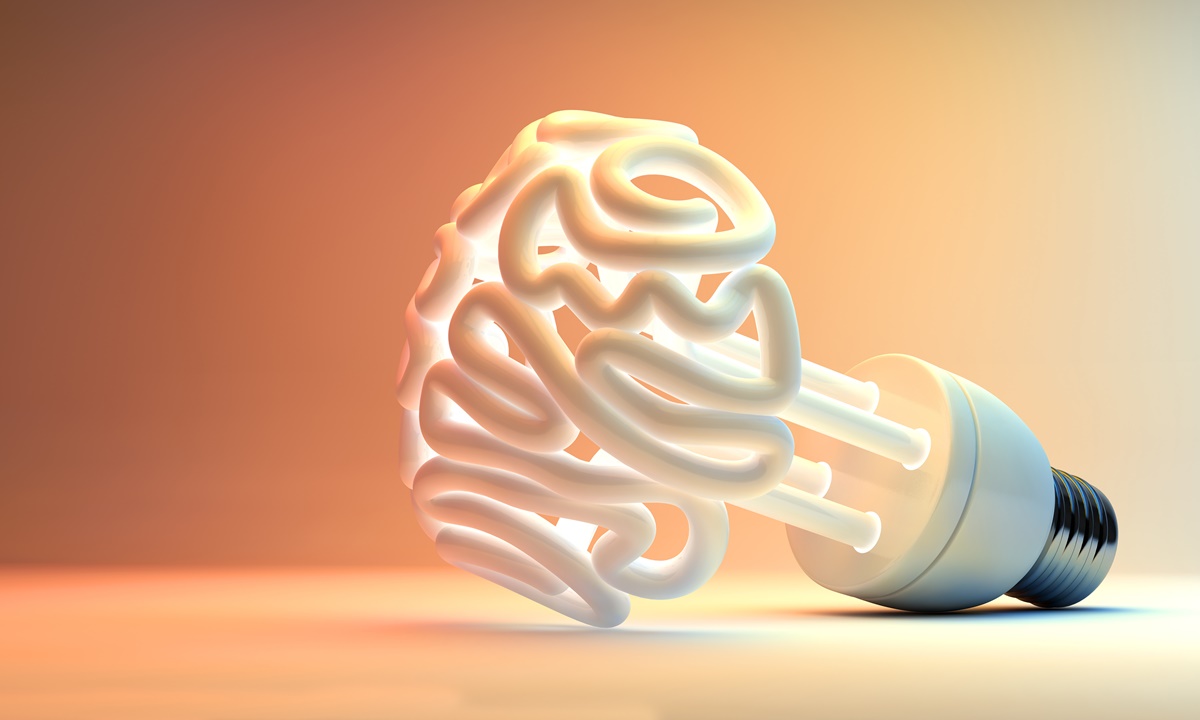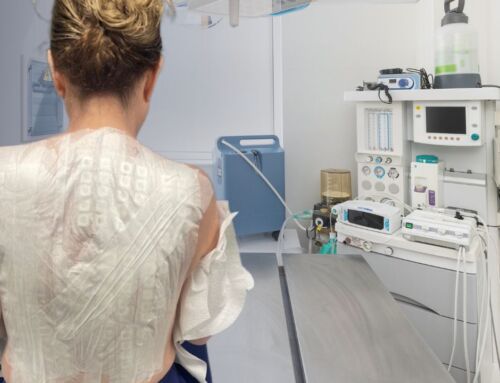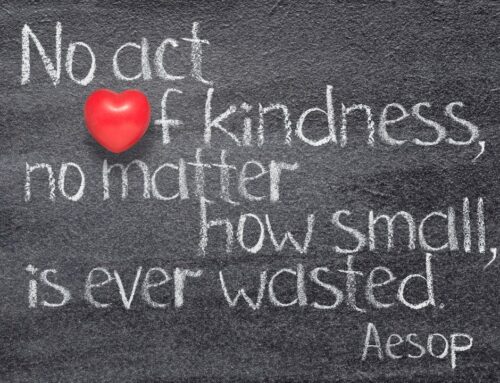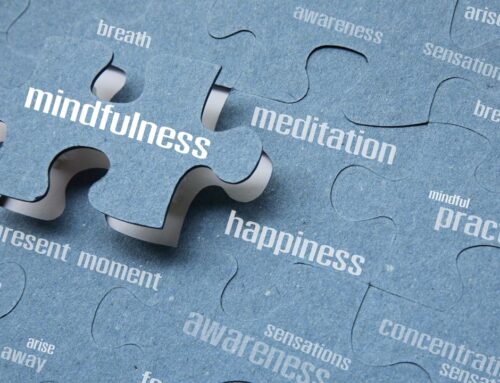It’s wild to think about, but it’s true: We can change our brain. It is the fundamental notion of experience-dependent neuroplasticity. Rick Hanson, a neuropsychologist and author of Buddha’s Brain and Hardwiring Happiness, says we can use the mind to change the brain to change the mind for the better.
Our thoughts and emotions fire neurons in our brains, which then wire together and form new neural circuits. What fires together, wires together. Hanson explains this in Hardwiring Happiness:
Taking in the good is the deliberate internalization of positive experiences in implicit memory.”
Hanson says our brains tend to hang on to negative experiences like Velcro, while positive experiences slip off like Teflon. Valid evolutionary reasons exist for this; our ancestors needed the fight/flight/freeze response to survive. They were looking for dangers and ruminating on past mistakes to stay safe. This happens in the brain region called the amygdala, which acts instantly and is thought to come from our reptilian phase of evolution.
So how do we install good experiences in long-term memory so they will stick? And how do you know which experiences will be the most helpful to your unique personality?
Rick Hanson explains that you first need to diagnose what is ailing you to choose the best category of things to take in and install in your brain. Then, you need to give the good mental state time to install in your brain in order to turn it into a positive neural trait. In other words, make sure to really feel a good mental state for a couple of breaths. Make it as intense a feeling for as long as you can to ensure that it becomes a positive neural trait.
H.E.A.L. Method
Hanson devised an anagram to help us remember how to turn good experiences into brain changers: H.E.A.L.
H = Have a good experience. E = Enrich it to install it. A = Absorb it as if you are filling your body up with the good feeling of the experience. L = Link positive and negative material. This optional last step is about linking the positive experience with a memory of a negative experience to try to supplant the bad with the good.After making a daily practice of taking in the good for a couple of years, I can tell you I have rewired my brain. I’m sure people think it’s strange when I say that, but there is no question that I am a happier, more resilient person than I was five years ago.
You don’t need to use the anagram in order to remember to take in a good mental state. Whenever you have a great feeling, take it in for a few breaths and relish it. Do this often and you will begin to experience the beauty of rewiring your brain for happiness.






















Leave A Comment